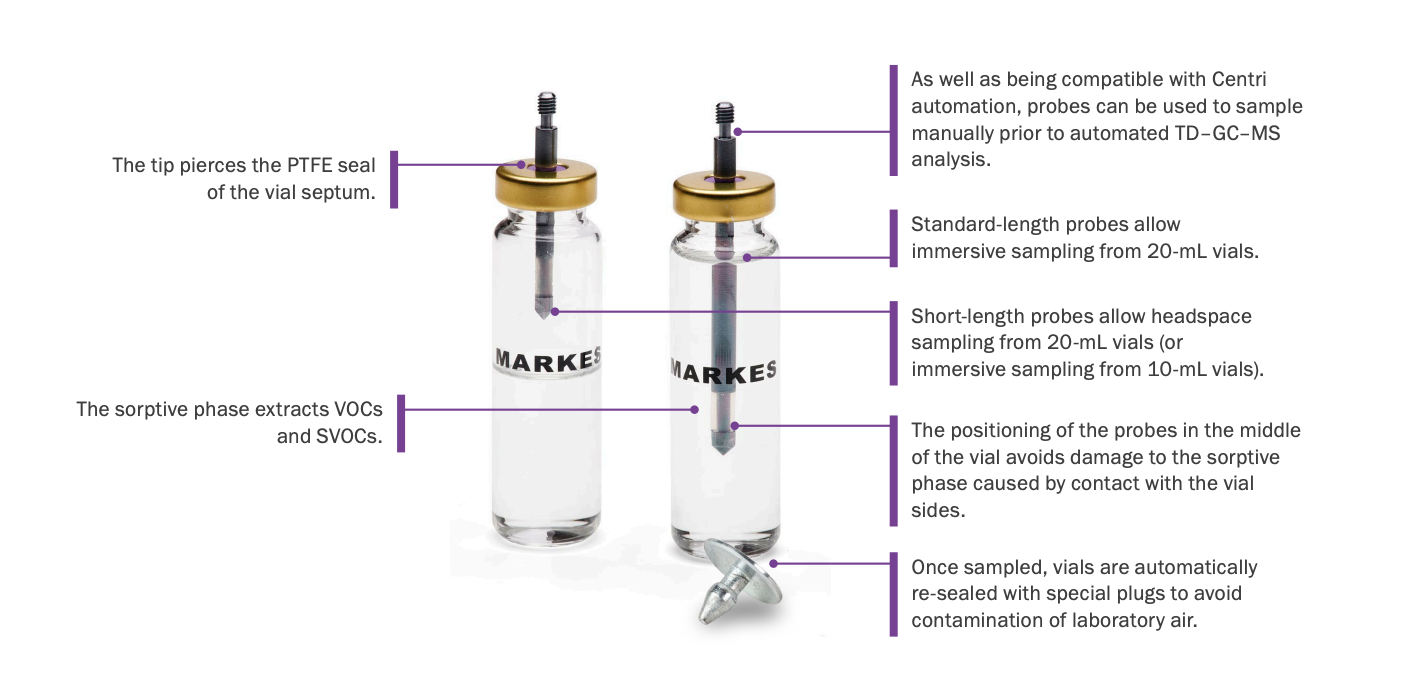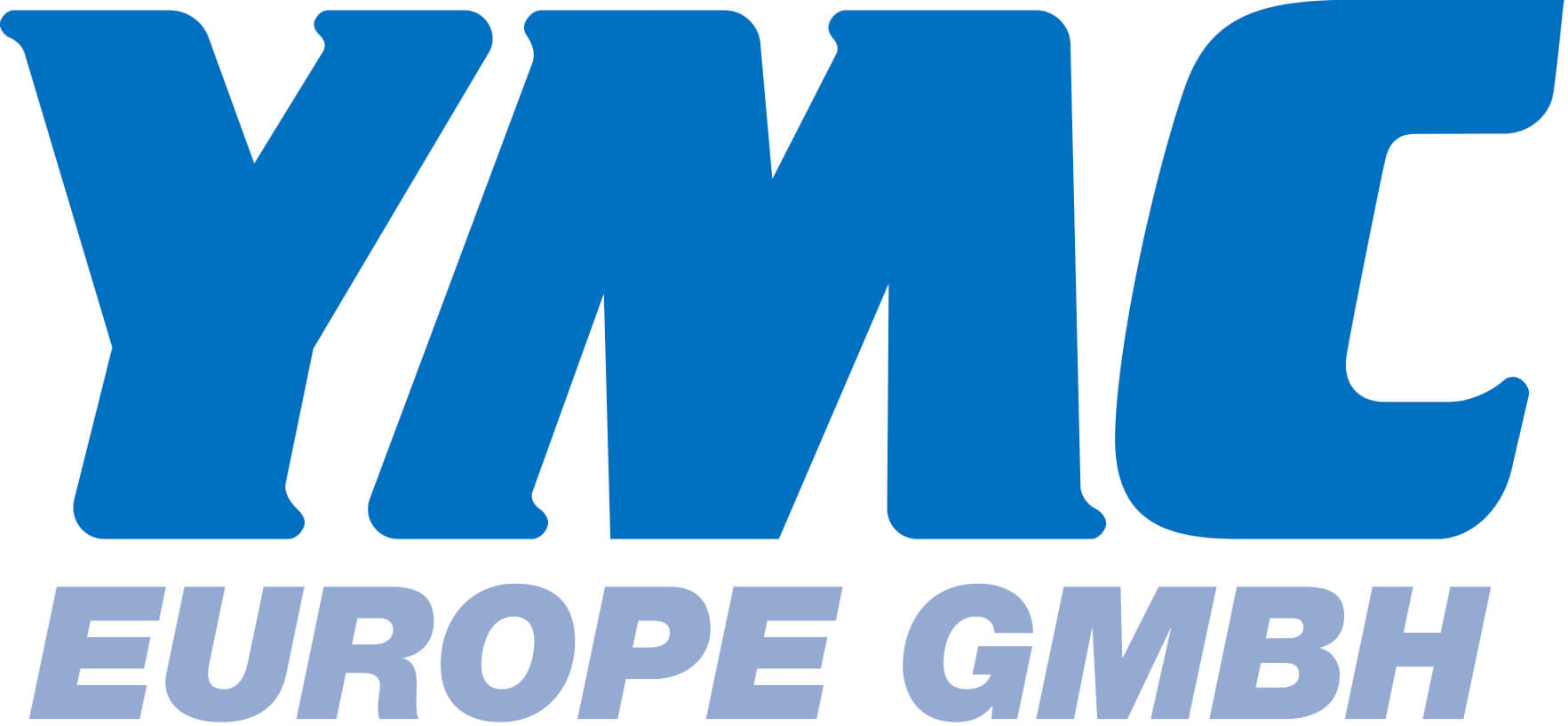
HiSorb high-capacity sorptive extraction probes provide a highly sensitive, robust and fully automatable means of extracting organoleptic compounds from foodstuffs such as honey. The different properties of these compounds mean that sorptive phase combinations must be selected carefully to maximise uptake and achieve the most comprehensive profile. We report the evaluation of three HiSorb phase combinations – polydimethylsiloxane (PDMS) alone, carbon wide range (CWR) with PDMS and the triple phase combination of divinylbenzene (DVB) with CWR and PDMS – for aroma profiling of honey. The range of compounds extracted by each phase combination differed, as did the relative abundances of compounds that were common to each of the phase combinations. Importantly, the inclusion of additional phases alongside PDMS led to the extraction of substantially more compounds, including those that are important to the perception of flavour.
Introduction
Analysis of the volatile organic compound (VOC) content of foodstuffs is an important tool in the food and beverage industry, with applications in research and development, quality control, shelf-life assessment and even detection of food fraud. A common technique in food VOC profiling is sorptive extraction, wherein compounds partition from food onto a sorptive phase and are subsequently transferred to analytical instrumentation such as a gas chromatography– mass spectrometry (GC–MS) system for separation and detection. HiSorb high-capacity sorptive extraction probes (Figure 1) offer a highly sensitive, robust and fully automatable extraction solution, and have provided excellent results in GC–MS-based analysis of foodstuffs.
A key consideration when using sorptive extraction is the choice of sorptive phase. Compounds are absorbed or adsorbed by a sorptive phase according to their partition coefficient, indicated by their log K(O/W)4 value, and failure to account for this during method development can lead to incomplete or biased results during VOC profiling. Use of multiple sorptive phases, each with distinct chemical properties, can broaden the range of VOCs extracted and so ensure a more comprehensive VOC profile is generated. However, each additional phase reduces the volume of existing phases. This means that extraction of compounds with high affinity for an existing phase may become less efficient when another is added and must also be considered during method development.





